How to Make a Ham and Cheese Omelette Jamie Oliver
Cookbook author Michael Ruhlman has written the book on eggs — literally. His "Egg: A Culinary Exploration of the World's Most Versatile Ingredient" is a definitive guide on how to cook an egg in every possible way. Here, he shares his step-by-step guide for how to make an omelet perfectly every time.
The word omelet derives from the Latin for "little plate," and omelets are usually made individually. But perfecting this technique takes practice — mistakes are delicious and successes are worthy of high fives.
To make an omelet more visually appealing, put some soft butter on top to give it a glossy shine and, if you wish, some minced chives. But really, an omelet is simply an elegant, shapely form of the scrambled egg.
We've come to think of omelets in America as always being stuffed with something — mushrooms and bell peppers or ham and cheese — so much so that there's often more stuffing than egg. People debate whether to add cream or water or even olive oil — and you can — but why?
Instead, it's worth pausing to appreciate the simple beauty of the omelet: all egg, enriched with a little butter and nothing more. If you have access to very fresh eggs from a friend or farmer nearby (and some delicious butter), an omelet with a glass of wine and some charcuterie makes an excellent light lunch or dinner.
Before really good nonstick pans were developed, cooks relied on creating a nonstick surface on their own steel pans and reserved them just for omelets, allowing no soap anywhere near them. But I highly recommend that home cooks use a good, lovingly cared for nonstick pan for omelet making. They really do take the risk of sticking out of the equation.
Because of the omelet's simplicity, errors are glaring. Many restaurant chefs will ask an applicant to make an omelet, because an individual's omelet technique tells a chef many things about the finesse and skills of a young cook.
How to make an omelet
Everyone should first make a plain omelet — two eggs, a pat of butter, a pinch of salt — to appreciate what an omelet is. I often add cheese or mushrooms to make the omelet more interesting and fun to eat. But it's important to first understand the foundation those garnishes are enhancing.
1. Preheat the pan and pour in the eggs.
To make an omelet, crack the eggs into a bowl and whisk or blend till they are uniformly combined and no clear white remains floating on the surface. Give it a three-finger pinch of salt and stir it in.
Put a nonstick pan over medium heat and let the pan get hot, a couple minutes or so, depending on your stovetop. Have a heatproof rubber spatula ready, and warm a plate in the microwave. Add a pat of butter (about 1 tablespoon) to the pan. It should melt and bubble immediately, but not brown.
After the butter has melted and coated the bottom of the pan, pour in the eggs.
2. Swirl both the pan and the spatula.
Shake the pan back and forth while stirring the eggs with the spatula. Stirring continuously will give you a finely textured curd.
3. Allow the eggs to set.
After about 30 seconds of stirring, stop and let the omelet continue cooking until just the thinnest liquid film remains on top, an additional 60 seconds or so. Remove it from the heat and allow the eggs to finish cooking sitting there in the pan. When the omelet has a very thin film of loose egg on top, it's ready to be plated.
4. Roll and slide the omelet onto a plate.
With the pan handle at 3 o'clock, and your warm plate at 9 o'clock (reverse this if you're a lefty), grip the handle from underneath and tilt the pan toward the plate. Using the spatula, gently push the front end of the omelet to slide out (you may need to give the pan a tap on a cutting board to loosen the egg, then nudge it from underneath to get it sliding) and roll the omelet over itself and onto a plate.
Remember that you will be able to shape it after it's out of the pan, so don't worry if the omelet doesn't look perfect yet. Notice the pale and uniform color of the omelet — there's no browning (above). The heat from the pan should finish cooking the omelet; it should be moist but you shouldn't have sauce on your plate.
5. Shape the omelet and finish with a pat of butter.
If it's not perfectly shaped, use your hands (which you've been washing continually, of course, what with being in the kitchen, cracking eggs and all) to make it pretty and uniform. It's fairly pliable at this point, so you can tuck any bits in freely, if needed. Run a little soft butter over the top so that it melts and gives the omelet a nice shine. Finish with some fleur de sel or Maldon salt, if you have it. Some chives always look nice and add a pop of color and freshness.
Serve and eat this beautiful creation immediately.
Whether you prefer a heartier Southwestern-style omelet or a classic French omelet made with minimal ingredients, it's important to master the basics first.
Omelet recipes
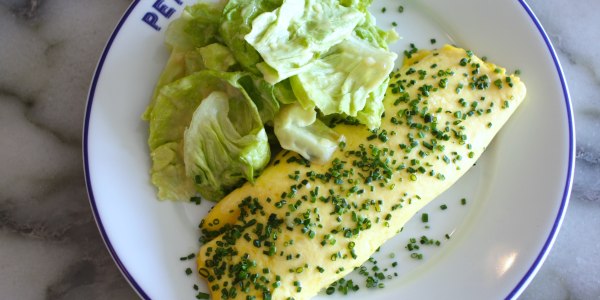
Petit Trois
Since an omelet is made with so few ingredients, chef Ludo Lefebvre recommended using the best quality eggs, butter and salt available. He prefers unsalted, European-style butter (such as Plugra) and fleur de sel.
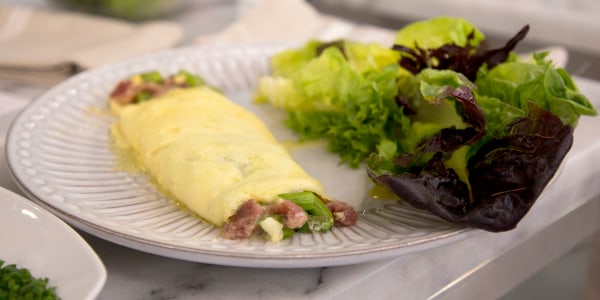
Zach Pagano / TODAY
Crisp, sautéed asparagus stalks are the perfect foil to salty prosciutto in this creamy omelet that's also stuffed with shredded Parmesan cheese. A sprinkle of cheese on top adds the perfect finishing touch.
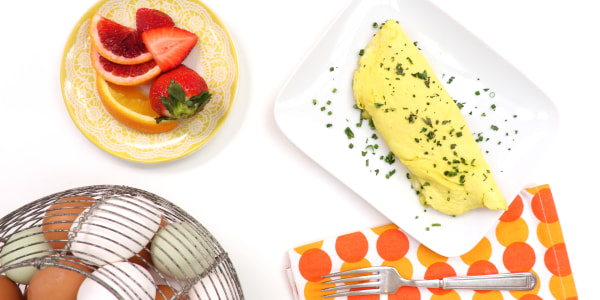
TODAY
Food Network's Geoffrey Zakarian uses a surprising trick to create his perfect omelet: He finds that using frozen, diced cubes of butter provides lift and makes the omelet creamier as it emulsifies. He also likes to use an extra egg yolk.
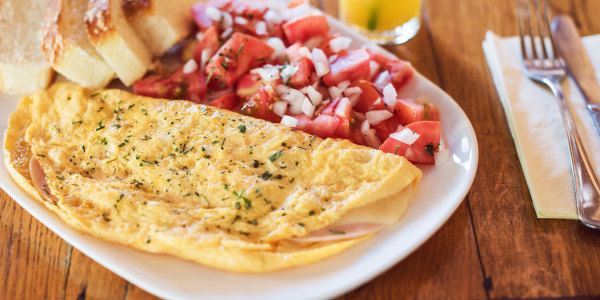
Getty Images
Martha Stewart upgrades her omelet with a mix of fragrant fresh herbs, like tarragon, basil, chives and parsley.
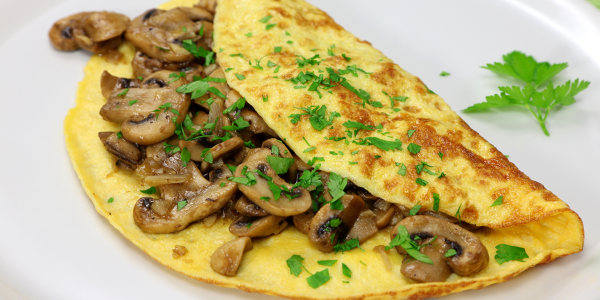
Getty Images
Star chef Jamie Oliver fills his omelet with an assortment of earthy wild mushrooms, but white mushrooms are also delicious in this recipe.
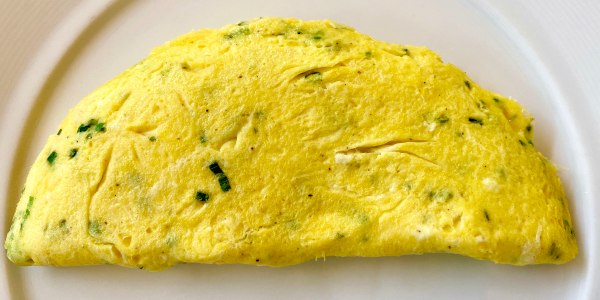
Eric Ripert loves a classic French-style omelet for breakfast. It is simple and delicious. A bit of melted butter, a few chopped chives and a sprinkle of cheese really bring out the fresh flavor of the eggs.
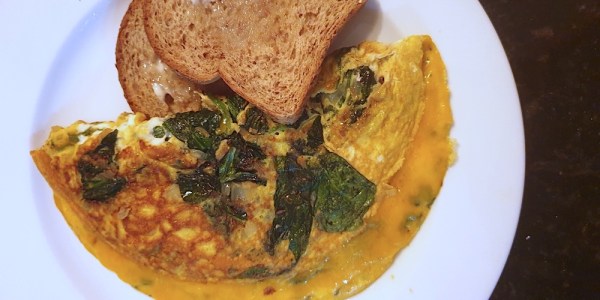
Maneet Chauhan
This is unlike any omelet you've ever had before! The bold flavors of the spices, aromatics and fresh herbs make it incredibly flavorful and unique. It's a wonderful dish to serve for a brunch party but easy enough to make any day of the week.
Excerpted and adapted from "EGG" by Michael Ruhlman. Copyright © 2014. Used with permission of Little, Brown and Company, New York. All rights reserved.
How to Make a Ham and Cheese Omelette Jamie Oliver
Source: https://www.today.com/food/how-make-omelette-t135614